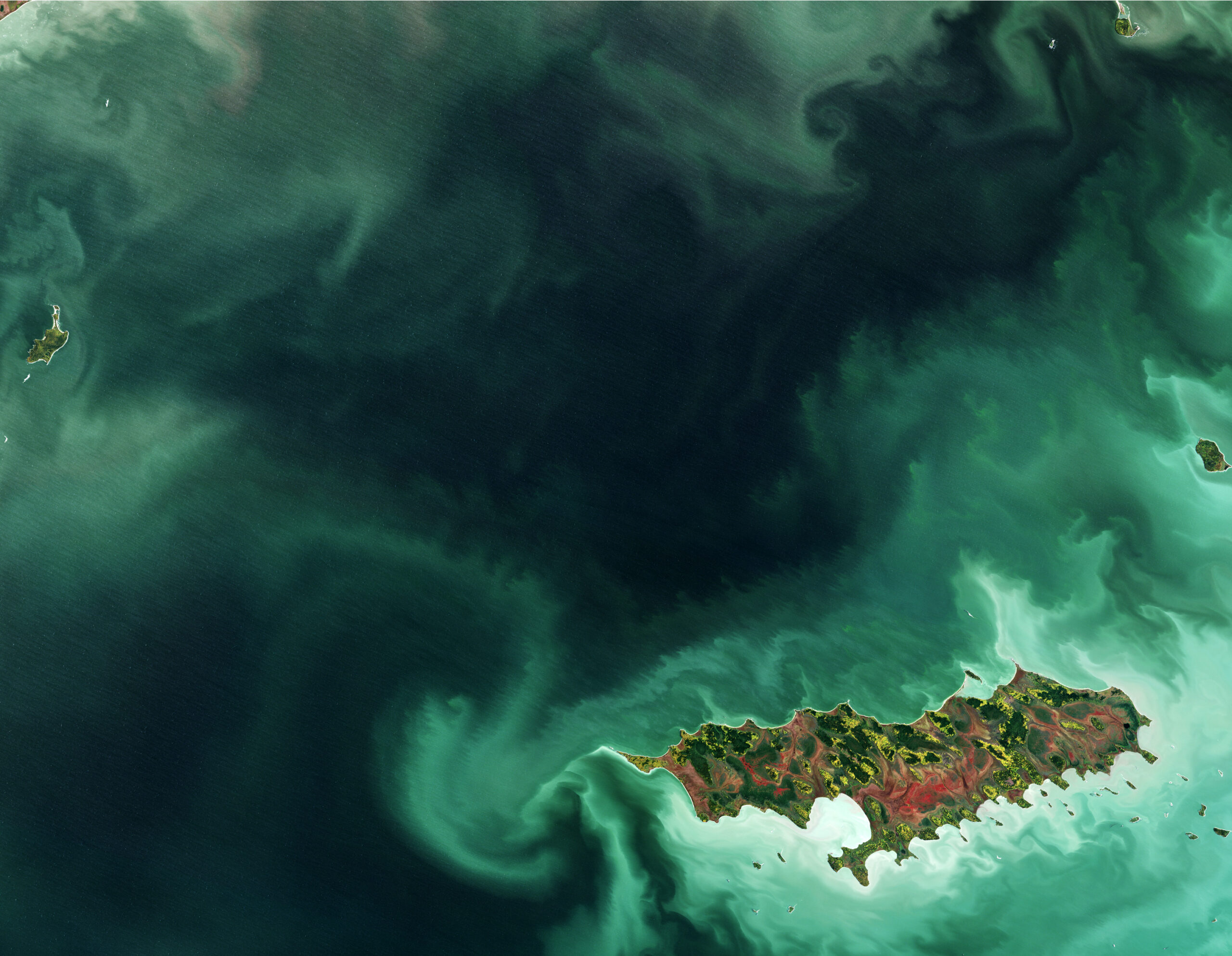
‘Afraid of the water’? Life in a city that dumps billions of litres of raw sewage into lakes and rivers
10 billion litres of sewage are dumped into Winnipeg’s lakes and rivers each year. Some...
The federal government is chipping in to help restore the health of the Lake Winnipeg watershed, providing $1.59 million to support projects aimed at reducing nutrient loads in the lake basin.
The funding announcement was sandwiched into a week of cross-border discussions on water health, as stakeholders from three American states joined Manitobans at the 40th annual conference of the Red River Basin Commission — a non-profit supporting collaborative water management.
“Healthier lakes mean economic growth, more recreational opportunities and a healthier, sustainable ecosystem that protects biodiversity,” Environment and Climate Change Canada parliamentary secretary Terry Duguid said during Tuesday’s announcement in Winnipeg.
“Lake Winnipeg has been under strain for some time and there are additional challenges that are being piled on with a changing climate,” he added.

Lake Winnipeg — Canada’s sixth largest lake — has seen a decline in health over the years as levels of phosphorus and nitrogen climb. Those nutrients, which drain into the waterway from agricultural practices and municipal wastewater systems, cause algal blooms that reduce oxygen levels in the water and have devastating effects on animal life.
“Lake Winnipeg is one of our most endangered lakes,” Duguid said in an interview after the announcement.
“Climate change alters the water cycle, floods bring large slugs of nutrients into our lakes, droughts concentrate water and concentrate that pollution.”
Lake Winnipeg’s drainage area spans nearly one million square kilometres, and is home to nearly seven million people across four provinces and four U.S. states — including several Indigenous communities.
The Southern Chiefs’ Organization, which represents 34 Manitoba First Nations, will receive $50,000 of the new funds to help strengthen First Nations’ capacity to test and monitor water sources, while incorporating Indigenous Knowledge and community decision-making into water protection.
“The health of the lake and the river is a reflection of our health as a society. We have to see it that way. The health of our families and our communities is all connected to the lake, the future is connected to the lake,” Jerry Daniels, Grand Chief of the Southern Chiefs’ Organization, said during the announcement.
Daniels said First Nations communities had been testing the water out of their own pockets prior to receiving federal funds in 2019, when the organization received nearly $130,000 over two years for water testing.
With the new funds, Daniels said, First Nations will be able to share information and best practices among communities and with both national and international stakeholders.
“We wanted to add our voices to the table, we wanted to look globally at best practices to understand the lake and the basin as something that is part of who we are,” he said.
Tuesday’s funding announcement will go towards supporting 25 projects aimed at reducing nutrient levels, collaborative governance of the watershed and Indigenous engagement.
One project, spearheaded by Winnipeg-based InnoVantage Inc., has developed technology to capture, remove and recycle phosphorus sludge from municipal wastewater systems. The current prototype has been capturing phosphorus from a wastewater lagoon in Tache, Man., transforming the sludge into compost.
Duguid said the government is looking to take its freshwater protections to “the next level,” acknowledging the federal government hasn’t been “as present as it could be” on freshwater management in the past.

The Canadian government has poured millions into studying algal blooms and phosphorous levels on the lake over the years, to varying degrees of success. A five-year initiative from 2012 to 2017 that saw $18 million invested in the basin only reduced the amount of phosphorus entering the lake by less than one per cent.
More recently, the federal government announced a five-year commitment to the basin, promising to spend $25.7 million between 2017 and 2022. Duguid said Tuesday the government has invested over $10 million in grants and contributions through the basin program since 2017.
Those grants have supported 56 nutrient reduction projects, 14 collaborative governance projects and 27 Indigenous engagement projects led by stakeholders including universities, research consortiums, watershed associations, First Nations, the Manitoba Métis Federation and the Lake Winnipeg Foundation.
Duguid noted the brand-new Canada Water Agency will be finalized in the near future, which will help consolidate federal, provincial and international efforts in water quality and protection. Those collaborative efforts, Duguid said, are key to the health of Lake Winnipeg.
Get the inside scoop on The Narwhal’s environment and climate reporting by signing up for our free newsletter. On a warm September evening nearly 15...
Continue reading
10 billion litres of sewage are dumped into Winnipeg’s lakes and rivers each year. Some...

Court sides with Xatśūll First Nation, temporarily halting Mount Polley mine waste expansion

Break out the champagne: Emma’s storied life and leadership in journalism has earned her the...
